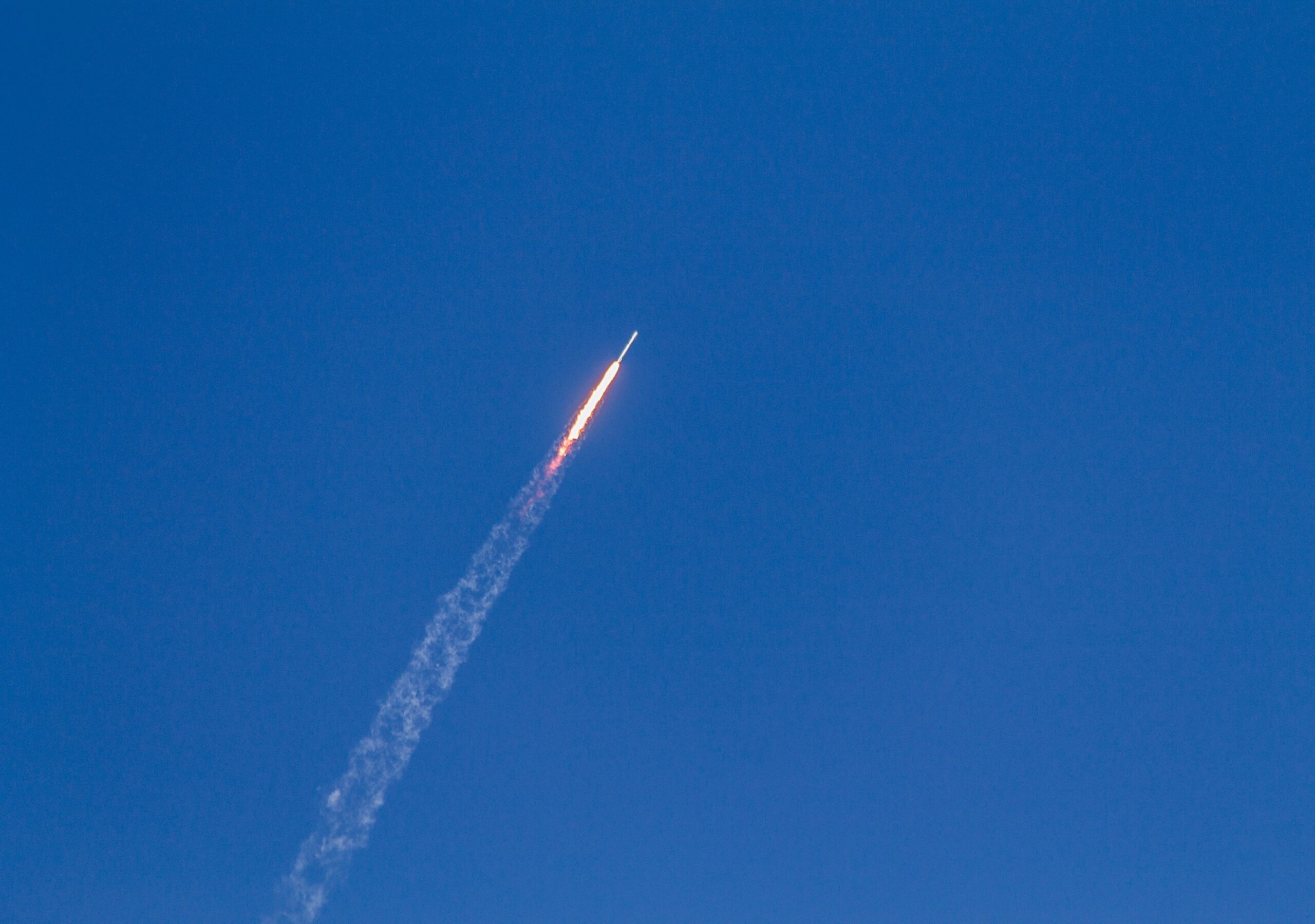

Credit: Unsplash
North Korea’s Ballistic Missiles Keep the World on Edge: A Call for International Cooperation
On Thursday, North Korea launched another missile, sparking fear and confusion in Japan’s northern island of Hokkaido residents. The missile was believed to be the country’s first intercontinental ballistic missile (ICBM) test in a month and may have been a new, more mobile, harder-to-detect type of missile.
Millions of people in Hokkaido received a J-alert, urging them to take cover as the missile could land on or near the island. However, the evacuation order was lifted, and Tokyo confirmed that the missile had fallen outside Japanese territory in waters off the east coast of the Korean Peninsula. The missile was launched at a high angle near the North Korean capital of Pyongyang and traveled 1,000 kilometers (620 miles) before falling between the Korean Peninsula and Japan.
South Korea’s Joint Chiefs of Staff described the missile’s range as medium or longer, while Japan’s government said it likely had an intercontinental range. Furthermore, South Korea’s military believes that North Korea may have launched a new type of ballistic missile, possibly using solid fuel, making it the country’s first test of such a weapon. North Korea’s known ICBMs all use liquid propellants that must be fueled before launches, but a solid-fuel weapon can be moved easier and fired faster.
North Korea has launched a ballistic missile on a high angle that landed in the waters between the Korean Peninsula and Japan. Thursday's launch continued a provocative run of weapons tests involving around 100 missiles this year and in 2022. https://t.co/LD81fM5eMh
— The Associated Press (@AP) April 13, 2023
North Korean leader Kim Jong Un has long been pursuing the development of high-tech weapons to better cope with what he perceives as U.S. military threats. A solid-fuel ICBM is just one of the weapons he has vowed to build, along with a multiwarhead missile, a nuclear-powered submarine, a hypersonic missile, and a spy satellite.
North Korea’s latest missile launch reminds us of the ongoing threat posed by the country’s nuclear and ballistic missile programs. It highlights the need for continued international efforts to bring North Korea back to the negotiating table and achieve the denuclearization of the Korean Peninsula. The United States, South Korea, Japan, and other countries in the region must work together to prevent North Korea from further advancing its weapons programs and destabilizing the region.
Prince Harry to Attend Coronation Without Meghan
-
In a significant escalation of the ongoing dispute over misinformation, Brazil Supreme Court Justice Alexandre de Moraes has initiated...
-
Mumbai Takes the Throne for the Most Billionaires in Asia In a historic milestone, Mumbai has overtaken Beijing to...
-
French President Emmanuel Macron emphasized the need for Western powers to remain vigilant in the face of the Ukraine...
-
The Philippines has strongly denounced what it described as “unprovoked acts of coercion and dangerous maneuvers” by China in...
-
As Moscow Prepares to Bid Adieu, Navalny’s Funeral Raises Uncertainties and International Allegations The spokesperson for Alexei Navalny has...
-
On the two-year anniversary of the ongoing conflict between Ukraine and Russia, there is much to reflect upon. Since...
-
The Office for National Statistics (ONS) released official figures on Wednesday, revealing that the United Kingdom posted a record...
-
Greece has become the first Christian Orthodox-majority country to legalize same-sex marriage, marking a significant step forward for LGBTQ+...
-
Massive Deflation in China as CPI Plummets by 0.8% China faces mounting challenges as its consumer prices spiral deeper...
-
3 Days of Consecutive Snowing Has Wreaked Havoc on Transportation As China prepares to celebrate the Lunar New Year,...
-
Rapid Growth in Electric Cars Propels China to The Forefront of Global Vehicle Exports China has surpassed Japan as...
-
Pakistan’s Political Landscape Suffers a Shift Following Khan’s Sentencing Former Pakistani Prime Minister Imran Khan and his wife, Bushra...




















